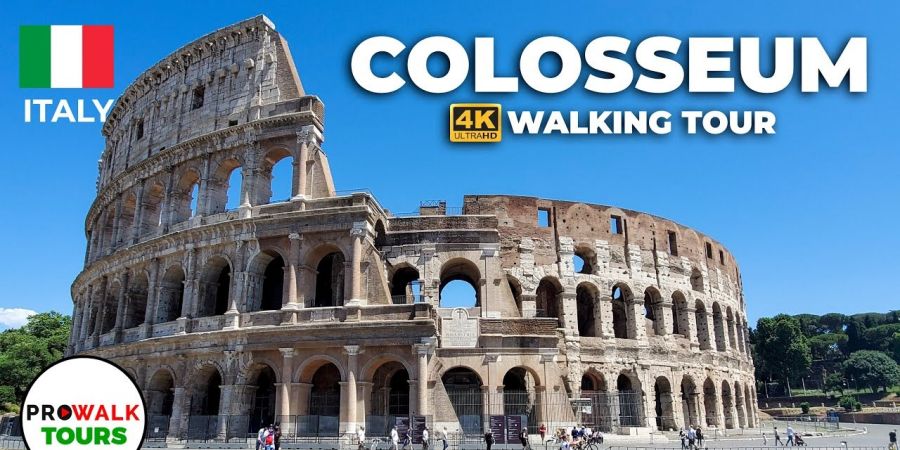

The Flavian Amphitheater, usually referred to as the Colosseum, is a sizable stone amphitheater that is situated in the heart of Rome, Italy. The Colosseum was built between 70 and 80 AD and was initially used for gladiatorial matches and other public shows such animal hunts, conflicts, and reenactments of historic events. The Colosseum, the biggest amphitheater in the Roman Empire with seating for more than 50,000 people, is regarded as one of the greatest architectural and technical achievements of antiquity.
Vespasian, the Roman emperor, ordered the construction of the Colosseum as a present for the populace, and his son Titus finished it in 80 AD. The enormous edifice was created on the site of a lake that had been filled and drained, and it was planned to offer the thousands of spectators the best possible views and acoustics. The Colosseum had four levels of arches, with the emperor's box located on the highest level and the common audience using the lower levels. Higher social status individuals were seated closer to the activity, while lower social status individuals were seated farther away.
One of the most well-liked types of entertainment in ancient Rome were the gladiatorial games, which were mostly held at the Colosseum. Usually slaves, prisoners of war, or free men who had fallen on hard times, gladiators choose to engage in combat for reward and notoriety. The games were frequently staged to mark significant occasions or to honor the accomplishments of the emperor. They were a symbol of the riches and might of the Roman Empire. There were numerous gladiators who died in the arena during the violent and frequently lethal contests. The games, however, were incredibly well-liked and drew sizable crowds from over the empire.
The spread of Christianity in the Roman Empire was significantly aided by the Colosseum. The Roman government frequently persecuted the early Christians, and as part of their punishment, they were made to take part in the gladiatorial games. Many Christians refused to surrender their religion in the face of peril, and their courage and unshakable devotion to their convictions encouraged many others to do the same.
The Colosseum is still one of the most well-known landmarks in the world despite the considerable amount of time that has gone since the fall of the Roman Empire.
As a spectacular example of ancient Rome's riches, power, and architectural talent, the Colosseum serves as a fitting ending. The Colosseum has evolved from its modest beginnings as a gift to the Roman people to become one of the most renowned structures in the world. Despite the numerous obstacles it.
That's All Folks,Gratitude For Reading………
With Love,




